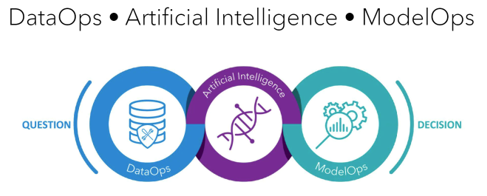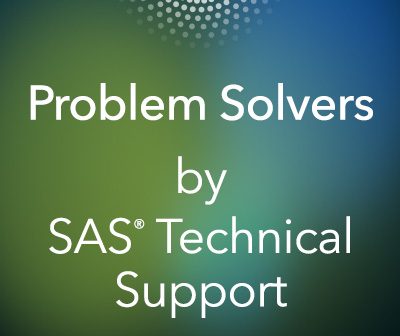
By starting from a set of purely declarative statements, any zebra puzzle with limited constraints can be tagged and solved quickly in the same way without changing any code.

By starting from a set of purely declarative statements, any zebra puzzle with limited constraints can be tagged and solved quickly in the same way without changing any code.

Have you ever heard something referred to as the bee’s knees? Most likely the person uttering that expression meant that it was truly amazing and extraordinary. Maybe you stopped and pondered the origin of the phrase. Well wonder no more! In the 1920s in the United States, people were obsessed

Editors note: This is the first in a series of articles. According to the Global McKinsey Survey on the State of AI in 2021, the adoption of AI is continuing to grow at an unprecedented rate. Fifty-six percent of all respondents reported AI adoption – including machine learning (ML) –

In my previous blog, you saw how to create a Beale cipher. In this blog, you will see a program that can decode a Beale cipher. As a reminder, here is a list of numbers that you can use as a substitute for a letter when creating your cipher. Now,

For Pi Day, veteran SAS user Leonid Batkhan reveals a pi paradox.

This blog serves two purposes: the main purpose is to show you some useful SAS coding techniques, and the second is to show you an interesting method of creating a Beale cipher. TJ Beale is famous in Virginia for leaving behind three ciphers, supposedly describing the location of hidden gold

Veteran SAS user Leonid Batkhan introduces you to open-source SASjs framework.

The Missionaries and Cannibals Problem (MCP) is a classic river-crossing logic puzzle. With SAS, we can solve this problem, visualize the solutions with SAS NETDRAW procedure and generate steps for any MCP problems.

SAS' Bari Lawhorn shows you how to access files you've stored with SAS® Studio.

SAS' Mark Jordan shows you how to modify data using PROC SQL, PROC DATASETS and SAS macros.